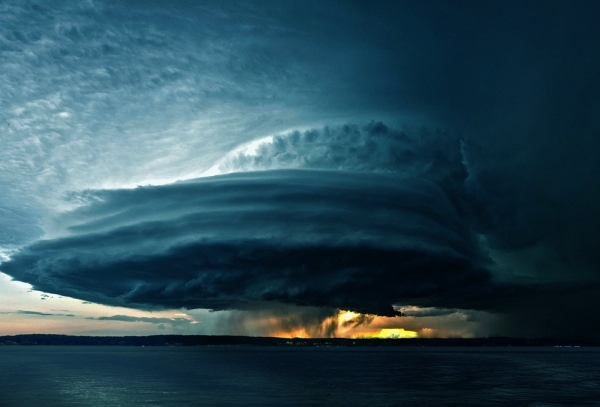A key source of information underpinning the upcoming National Climate Assessment suggests that heavy precipitation days historically experienced once in a century by Americans could in the future be experienced on several occasions in a lifetime.
Scientists at Scripps Institution of Oceanography at UC San Diego and the Department of Energy’s Lawrence Berkeley National Laboratory (Berkeley Lab) report that extremely intense days of rain or snow will be more frequent by the end of this century than previously thought – as often as once every 30 or 40 years in the Pacific Northwest and southeastern United States.
The conclusions come from analyzing a 30-terabyte data set that models temperature and precipitation at scales roughly the size of urban ZIP codes: six kilometers (3.9 miles). Researchers developed the data set, called Localized Constructed Analogs Version 2 (LOCA2), to provide climate information that is useful for local planners. In contrast, most of the existing advanced climate models look at regions that range from 50 to 250 kilometers (30 to 400 miles).
“With this data set, we’re able to look at the impacts of actual weather pattern changes across the United States at an extremely granular level,” said Dan Feldman, staff scientist at Berkeley Lab and the project’s principal investigator. “We see that there is a lot more extreme weather that is likely to happen in the future – and by looking at actual weather patterns, we show that changes in extreme precipitation will actually be more extreme than previously estimated. Land use managers and planners should expect more extremes, but location matters.”
Read more at DOE/Lawrence Berkeley National Laboratory
Photo Credit: maja7777 via Pixabay


